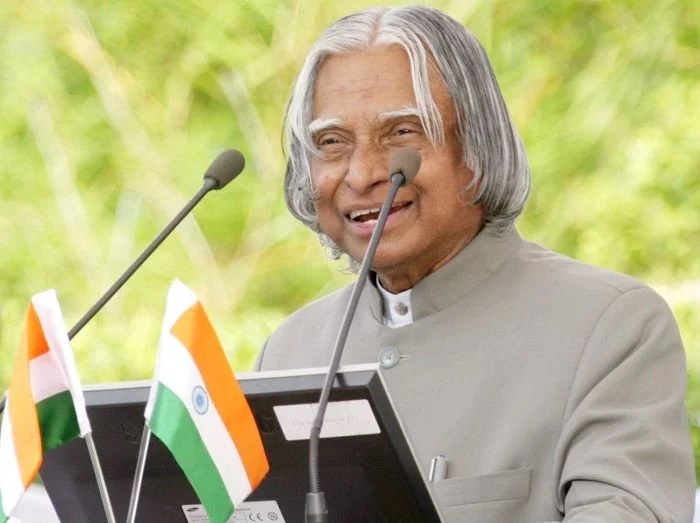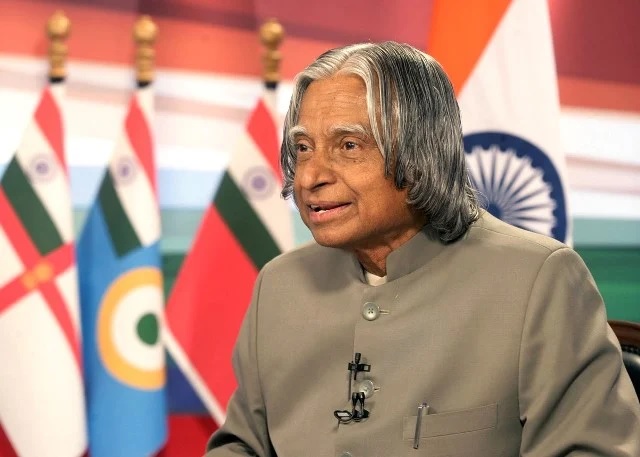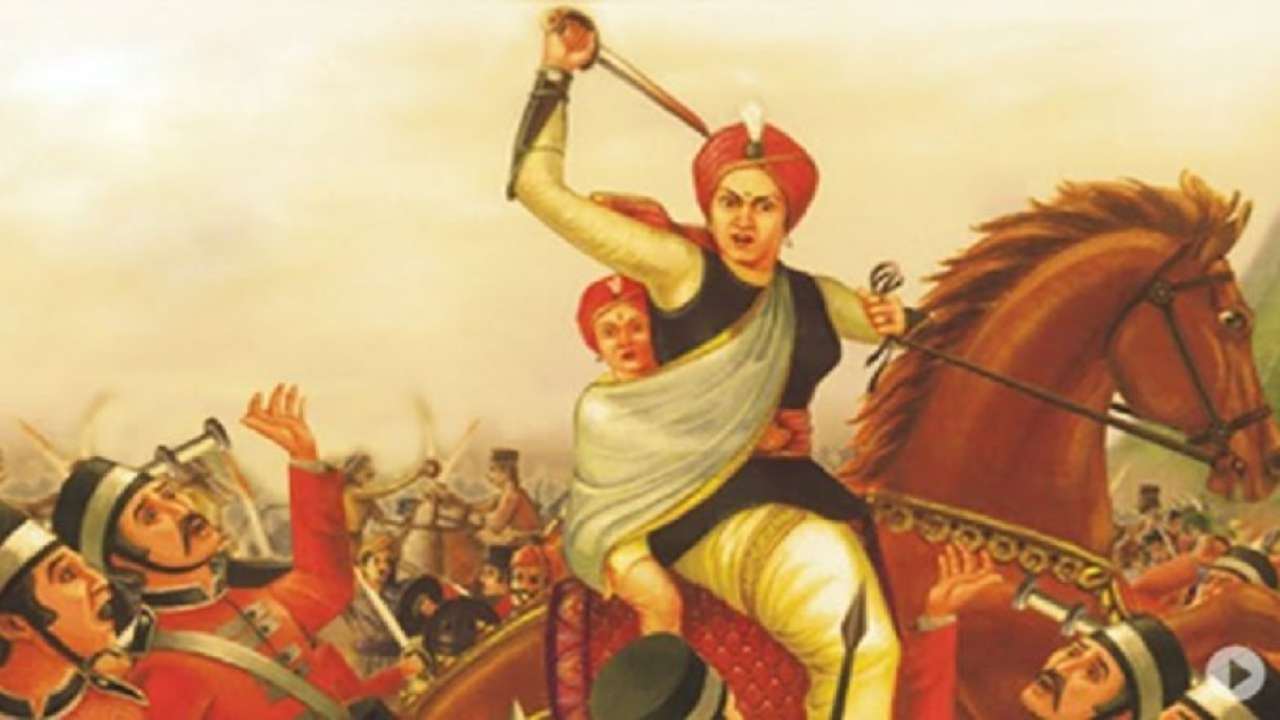The 11th president was an Indian aerospace scientist and statesman named Avul Pakir Jainulabdeen Abdul Kalam. Rameswaram, Tamil Nadu, was where he was raised and studied physics and aeronautical engineering. Over the next four decades, he served as a scientist and director of research at ISRO and the Defence Research and Development Organization (DRDO). He was heavily involved in India’s efforts to develop military missiles and its civilian space programme. His contributions to the advancement of ballistic missile and launch vehicle technology earned him the moniker “Missile Man of India.”
Additionally, he was involved in the organisation, technical, and political aspects of India’s Pokhran-II nuclear tests, which were the country’s first after its initial atomic test. With the backing of the current government’s Bharatiya Janata Party and the previous opposition Indian National Congress, Kalam was chosen as India’s 11th president. He served one term as “People’s President” before returning to his civilian career in education, writing, and public service. He had received some honours, including the Bharat Ratna, the highest civilian award in India. During a lecture at the Indian Institute of Management Shillong, Kalam passed away after collapsing. According to reports, he suffered a cardiac arrest.
Childhood & early life
Avul Pakir Jainulabdeen Abdul Kalam was born to a Tamil Muslim family on October 15, 1931, in the pilgrimage town of Rameswaram on Pamban Island, formerly part of the Madras Presidency and is now a state of Tamil Nadu. On July 27, 2015, Kalam, 83 years old, collapsed and passed away while giving a lecture at the Indian Institute of Management Shillong.
His mother, Ashiamma, worked as a housewife, and his father, Jainulabdeen Marakayar, owned boats and served as the local mosque’s imam. His father ran a boat service between Rameswaram and the now-deserted Dhanushkodi, transporting Hindu pilgrims back and forth. One of four brothers and two sisters in his family, Kalam was the youngest.
Although Kalam’s grades in school were just average, teachers praised him for being a bright, diligent student with a strong desire to learn. He worked on his studies for hours, particularly arithmetic. After finishing high school at the Schwartz Higher Secondary School in Ramanathapuram, Kalam enrolled at Saint Joseph’s College in Tiruchirappalli, a part of the University of Madras. He received his physics degree from Saint Joseph’s College in 1954.
He relocated to Madras in 1955 to attend the Madras Institute of Technology to study aircraft engineering. The Dean was not pleased with Kalam’s lack of progress on a senior class assignment and threatened to cancel his scholarship if the project wasn’t accomplished in the following three days.
Career
After earning his degree from the Madras Institute of Technology in 1960, Kalam joined the Defence Research and Development Organization’s Aeronautical Development Establishment as a scientist after joining the Defense Research & Development Service (DRDS).
He began his career by creating a small hovercraft but wasn’t persuaded to accept a position at DRDO. In addition, Kalam served on the INCOSPAR committee with renowned space scientist Vikram Sarabhai.
As the project director of India’s first satellite launch vehicle, which successfully placed the Rohini satellite in low-Earth orbit in July 1980, Kalam was transferred to the Indian Space Research Organization in 1969. Before this, in 1965, Kalam had independently begun work on an expandable rocket project at DRDO. After receiving official authorisation, Kalam expanded the initiative to involve more engineers in 1969.
As a representative of TBRL, Kalam was welcomed as a participant in the nation’s first nuclear test, Smiling Buddha, even though he had not been involved in its development. During the 1970s, Kalam also led two initiatives to develop ballistic missiles using the technology from the successful SLV program, Project Devil and Project Valiant.
From July 1992 to December 1999, Kalam held the positions of Secretary of the Defence Research and Development Organization and Chief Scientific Advisor to the Prime Minister. He played a significant political and technological role during the Pokhran-II nuclear testing. A joint chief project coordinator role was held by Kalam and Rajagopala Chidambaram for the testing phase.
The “Kalam-Raju Stent,” created by Kalam and physician Soma Raju in 1998, is a low-cost coronary stent. [35] [36] The pair created the “Kalam-Raju Tablet,” a rugged tablet computer for use in rural health care, in 2012.
Awards & achievements
In 1981, he got Padma Bhushan from the Indian government. In 1990 he got Padma Vibhushan from the Indian government.
He also received Bharat Ratna from the Indian government in1997.
Veer Savarkar Award by Indian Government in 1998 and in 2000, Shanmugha Arts, Science, Technology & Research Academy, India, SASTRA Ramanujan Prize.
In 2013, he received the National Space Society’s Von Braun Award.
Personal life and legacy
Ashiamma Jainulabiddin and Jainulabiddin Marakayar, both imams, gave birth to Kalam (Housewife). He has one older sister named Asim Zohra and three brothers named Kasim Mohammed, Mohammed Muthu Meera Lebbai Maraikayar, and Mustafa Kamal.
On July 27, 2015, Kalam, 83 years old, collapsed and passed away while giving a lecture at the Indian Institute of Management Shillong.

Major work
Nandhi- His first creation was for a college project. After much effort, he succeeded in creating a hovercraft with two engines. It carried two passengers and flew over one foot.
Locally Made Guided Missiles -The CEO of the Integrated Guided Missile Development Program has been named APJ Abdul Kamal. He was responsible for creating and managing the AGNI and PRITHVI missile programmes.
Tab Kalam Raju- This tablet was designed to equip entry-level healthcare professionals to handle emergency medical situations.
Humanitarian work
The Government of India looks after every President. As a result, Kalam opted to donate his life savings after being elected president. He gave money to a fund that gives rural residents access to urban conveniences.
Net worth
Abdul Kalam’s net worth was $1-$5 million at the age of 88.










